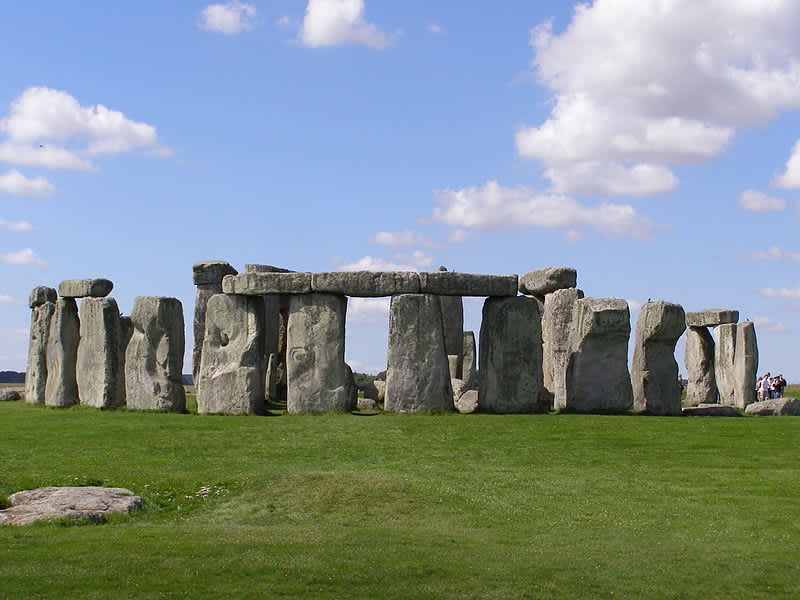New Theory Suggests Stonehenge Was a Sacred Hunting Ground
OutdoorHub Reporters 04.25.13

Recent finds are shining new light on England’s perhaps most mysterious monument. Drawing droves of tourists to its location in Wiltshire every year, Stonehenge stands much as it did thousands of years ago. Although no longer complete, the ring of stone blocks still captivate both visitors and the historians studying it. Researchers have long pondered the purpose behind the structure, which is estimated to have been built around 2000 BC.
According to Live Science, a new study led by Open University’s David Jacques speculates that the enigmatic monument may have been raised to mark a sacred hunting ground. Archaeologists found remnants of arrowheads and other hunting equipment in a dig site near the area, leading researchers to believe there was a sizable hunter presence in Stonehenge and the area around it.
The bones of a wild aurochs, an ancient ancestor of modern day cattle, were also found at the site. Roughly 250 animal bones and 12,500 flint tools were retrieved from the ground and carbon dated to have been in use before the construction of Stonehenge. Jacques believes that the abundance of wild game in the area helped cement the location’s reputation as a prime hunting ground. Such places were highly prized by hunter-gatherer societies, and an ancient spring may have lured in high amounts of large animals.
“We have evidence they [the ancient hunters] were cooking aurochs, which is this gigantic cow the size of a large minivan,” said Jacques.
Small figurines carved out of stones were also found at the site, believed to resemble ducks. The figurines may be linked to traditional beliefs of fertility, or evidence of ancient waterfowl hunting.
An interview with Jacques and some of his team can be seen below:
httpv://youtu.be/Vutz7vJYW4Q

